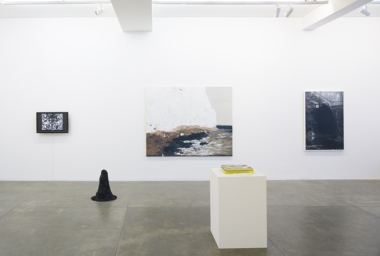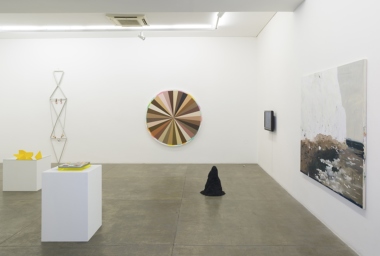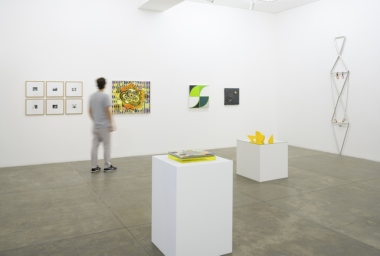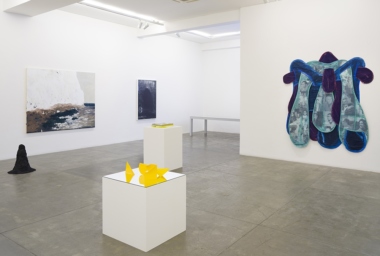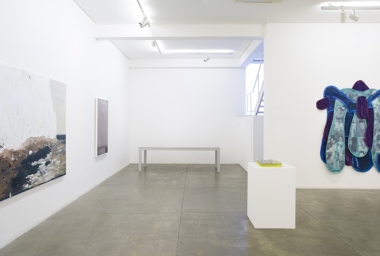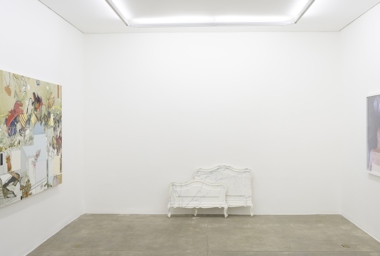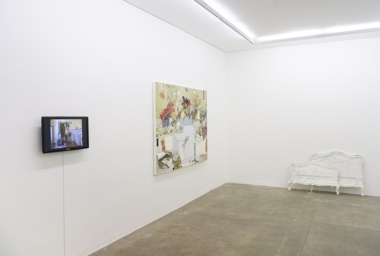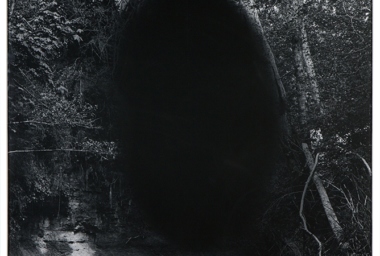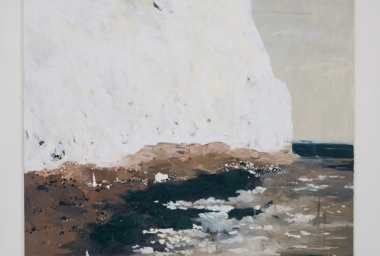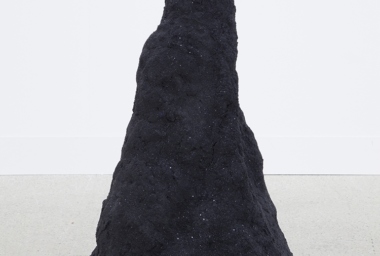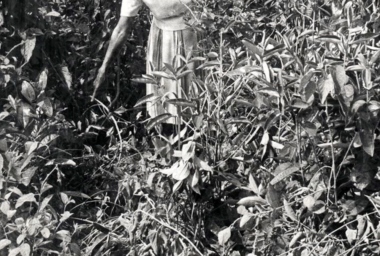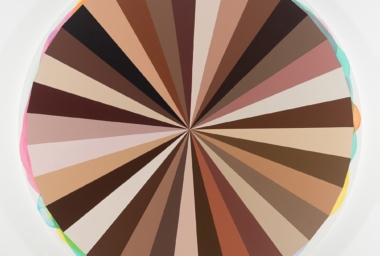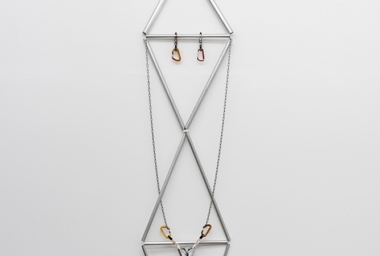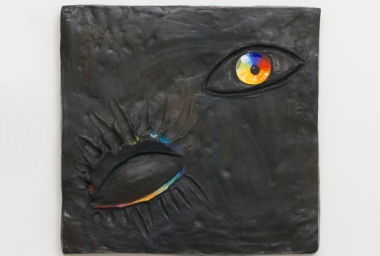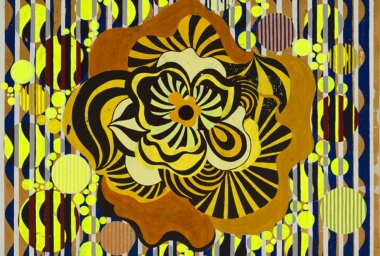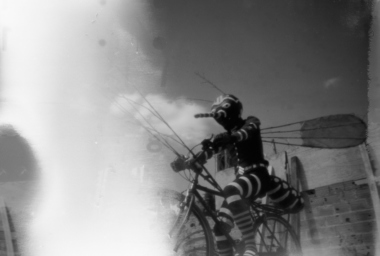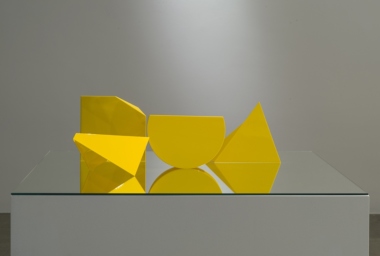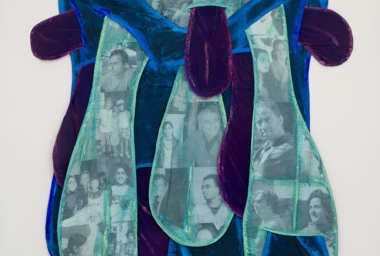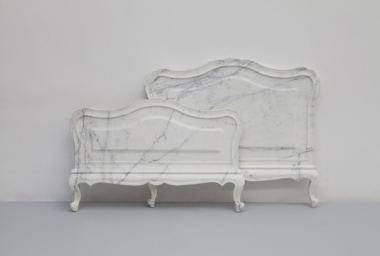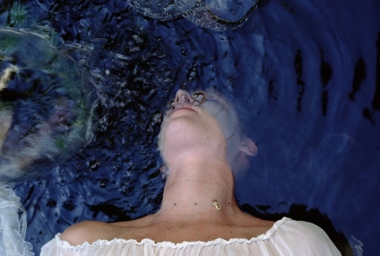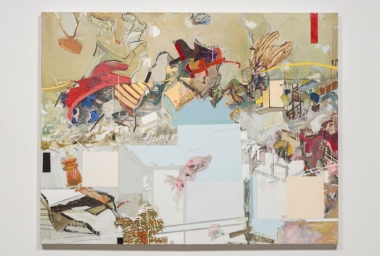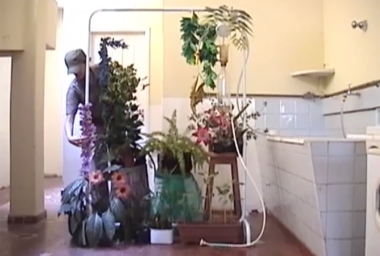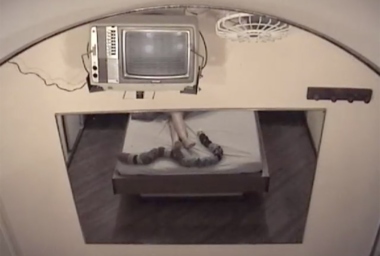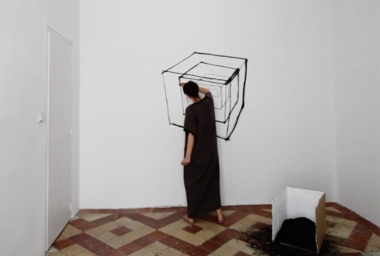Tertúlia
Jan 28 – Feb 27, 2016
Opening
Jan 28, 7 pm–10 pm
Galeria Fortes Vilaça
Download
Leda Catunda | Tamar Guimarães | Marine Hugonnier | Alejandra Icaza | Agnieszka Kurant | Lucia Laguna | Jac Leirner | Beatriz Milhazes | Sarah Morris | Rivane Neuenschwander | Sara Ramo | Rosângela Rennó | Marina Rheingantz | Valeska Soares | Janaina Tschäpe | Adriana Varejão | Erika Verzutti
Galeria Fortes Vilaça is pleased to present Tertúlia, an exhibition that features works by female artists who have played a part in the gallery’s activities during its 15 years of existence. Recent and historical works are mixed with documents – including press reviews, photos and invitations – selected from the gallery’s inventory and archive.
In Portuguese, Tertúlia is a word which refers to a meeting of friends or relatives. Here it is used to denote a coming together of these female artists while underscoring the plurality of their different media, discourses and contexts. This creative diversity is present, for example, in the dialogue between the new painting Seaford (2016) by Marina Rheingantz and the enigmatic Tropical II (2012) by Rosângela Rennó. Although both works deal with the landscape, they each have their own way of manipulating the real, providing the spectator with only suggestions or traces.
In Big Polvo Color Wheel I (2015), Adriana Varejão uses her Polvo Oil Colors, developed based on skin tones, to construct a circular painting, similar to a chromatic diagram. In this way, the artist transforms a scientific method – the color circle is commonly used to diagrammatize how we see color and light – into an instrument to see the color of the skin (or race), attributing a political-social connotation to the various hues. Erika Verzutti also appropriates the color wheel in her bronze sculpture Goethe (2016). Here, however, the circle is converted into an ocular iris, a good-humored allusion to the theory of color formulated by the German thinker.
Works by foreign artists are also featured, reflecting the fertile dialogue that Galeria Fortes Vilaça maintains with the international circuit. In A.A.I. 10 (2015), Polish artist Agnieszka Kurant “outsourced” her artistic production to laboratory termites. Working with entomologists, the artist supplied the insects with various materials such as gold and crystals for the construction of their colonies, resulting in hybrid forms. For her part, French artist Marine Hugonnieris presenting her Anima (2014) series of abstract sculptures. The title refers to the words “soul,” “spirit” or “psyche” (the latter derived from Greek). These works are arranged on mirrored bases whose reflections group the spectator, the surroundings and the sculpture itself to create a single body.
Conceived by Fortes Vilaça in-house team, Tertúlia celebrates the leading role exercised by women in Brazilian art at a moment when there is increasing discussion about female representativity in culture. This position has been historically consolidated by names such as Tarsila do Amaral and Lygia Clark (to cite just two), and has reverberated until today both within Brazil and worldwide. The history of the female artists of Galeria Fortes Vilaça is therefore related with this notable heritage while also contributing to the gallery’s important legacy in contemporary art.
